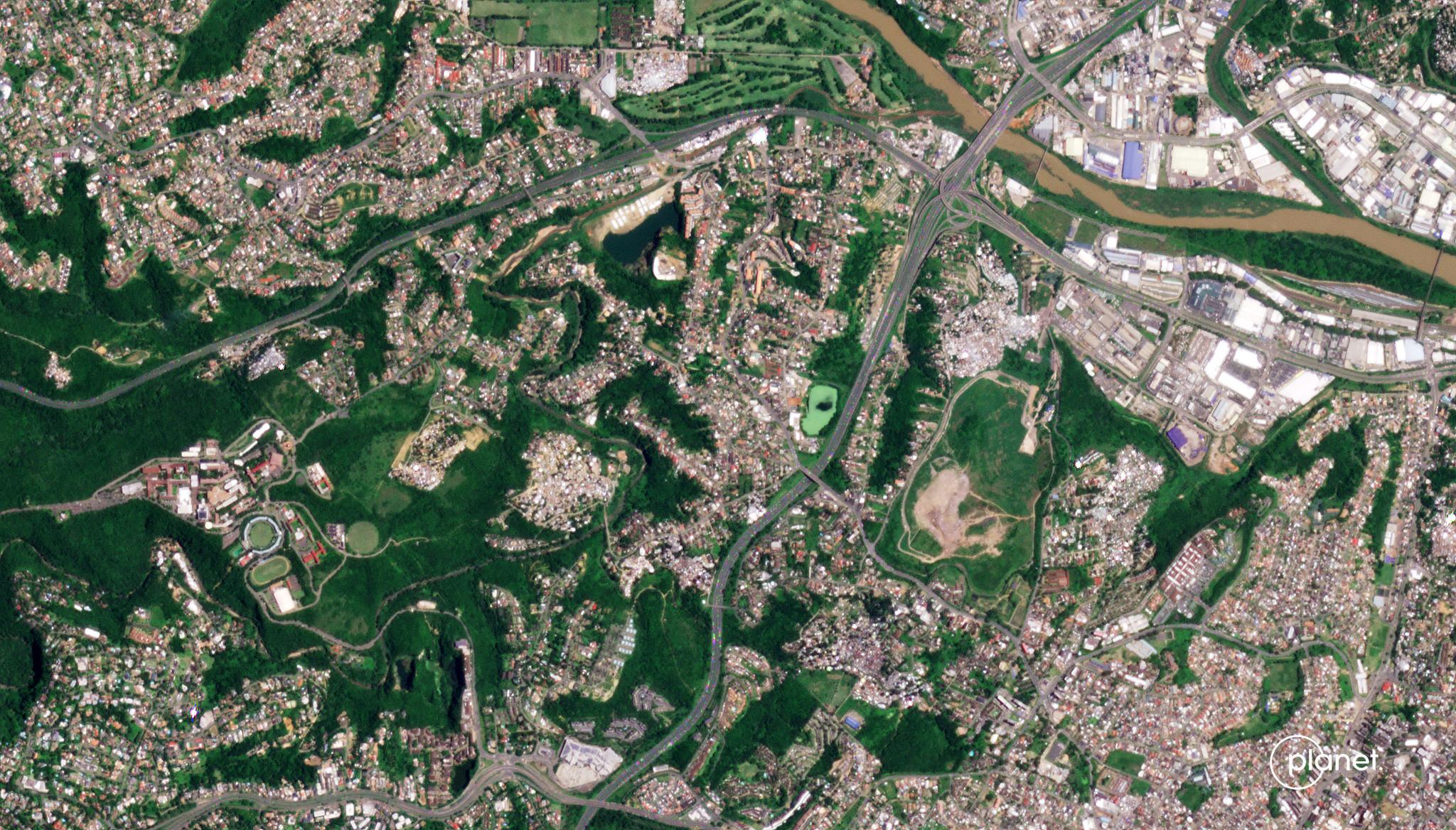Mapping climate risk in urban settlements with PlanetScope and Google Earth Engine
Image above: PlanetScope image of Durban, South Africa taken January 9, 2023. © 2023, Planet Labs PBC. All Rights Reserved. In the United Nations’ 2030 Sustainable Development Goals, the improvement of informal settlements was listed as a priority. Informal settlements can be characterized as urban developments with densely packed housing typically made of weak construction materials. These settlements are often lived in by those experiencing poverty and may also be located in areas that are vulnerable to natural disasters, such as flood zones. Today, approximately one billion people live in these settings globally, and many of these individuals are at risk for climate change induced hazards. To support this UN SDG, governments and organizations need to have a better understanding of these locations' spatiality in order to analyze key factors of these informal settlements and how their location could be impacted by climate change. With this in mind, researchers at the University of KwaZulu-Natal in South Africa and University of Perugia in Italy leveraged Planet’s data to create an object-based informal settlement mapping tool in Durban, South Africa. Coupling PlanetScope imagery,Sentinel-1 radar, and Sentinel-2 data with a simple non-iterative clustering (SNIC) algorithm within Google Earth Engine, their team was able to map the spatial morphology of informal settlements in the city with precision through Geographic Object-Based Image Analysis (GEOBIA). This process provides a novel approach to mapping and categorizing large amounts of urban space through cloud computing. The researchers also noted that the temporal frequency of the satellite imagery helped to provide rapid and up-to-date information on these dynamic urban areas. “The study has important implications for identifying the most effective ways to map informal settlements in a complex urban landscape, thus providing a benchmark for other regions with significant landscape heterogeneity,” said the authors. The full study can be found in Land.

Ready to Get Started
Connect with a member of our Sales team. We'll help you find the right products and pricing for your needs


